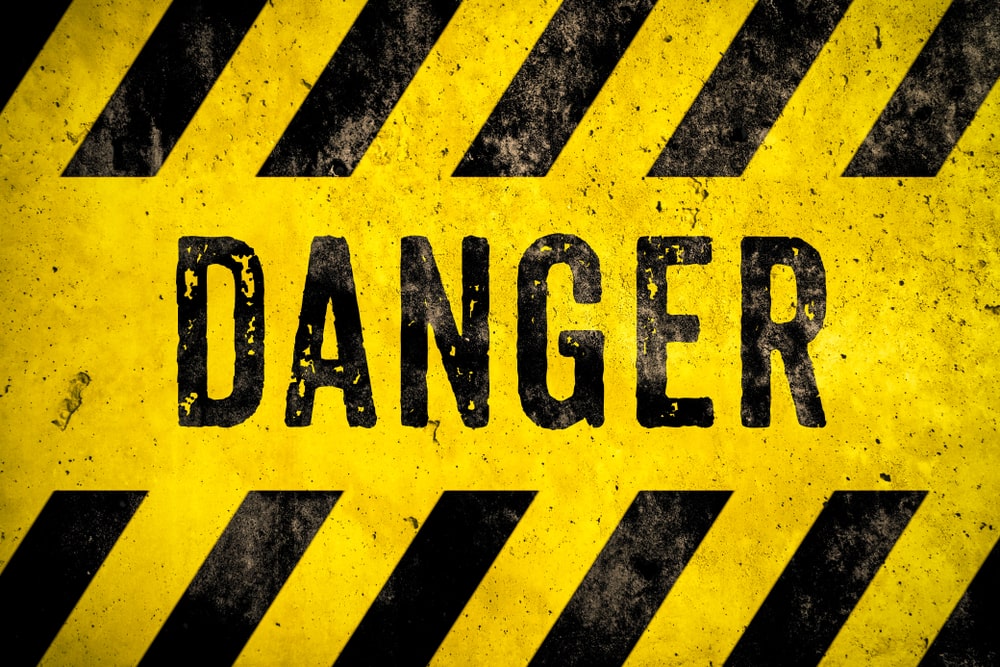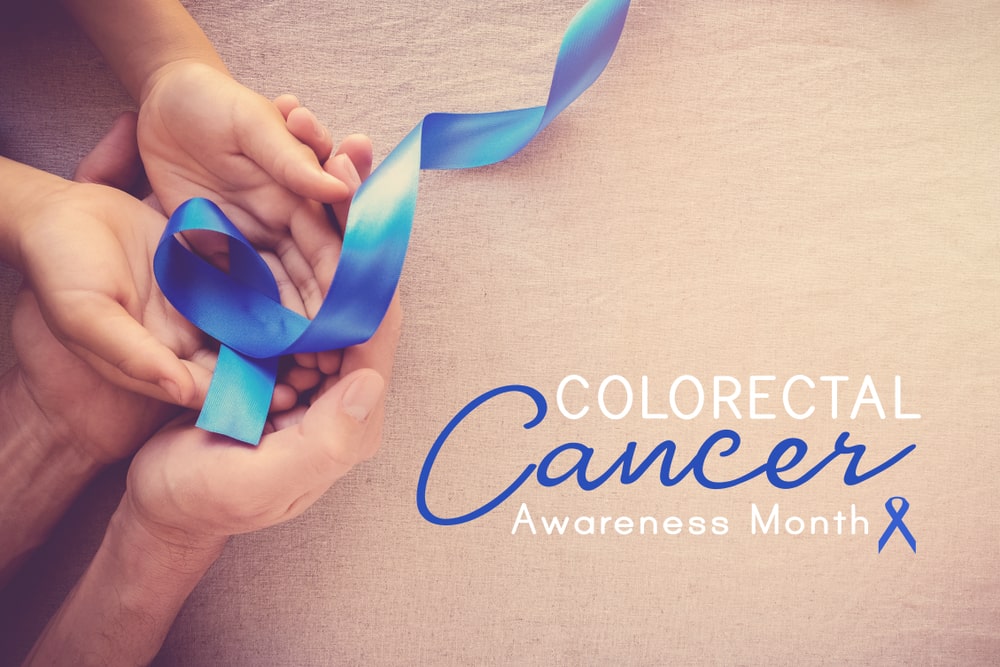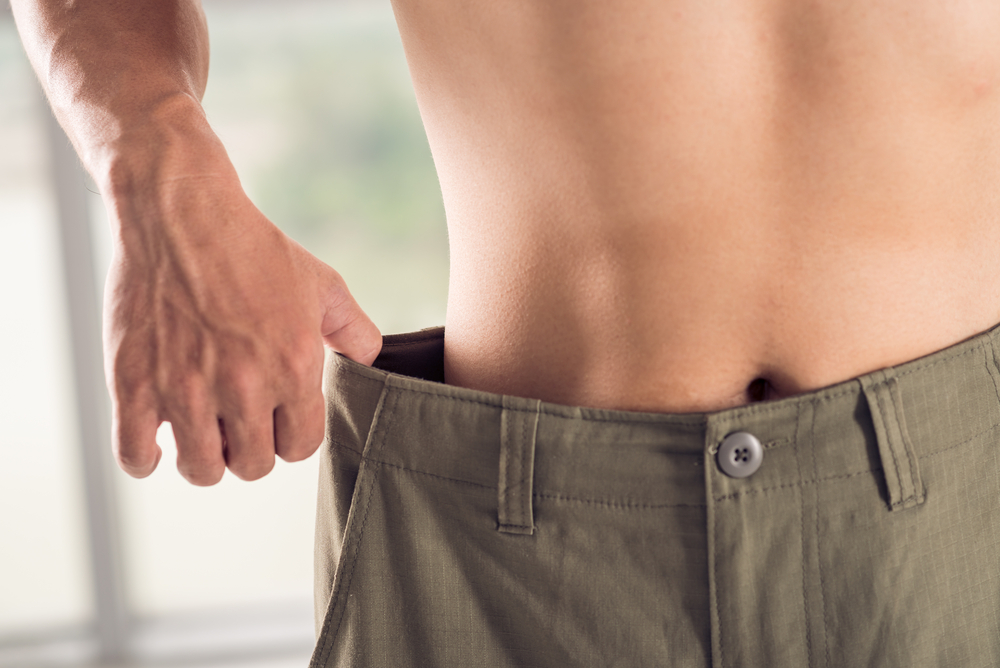You may have heard that women are more at risk for osteoporosis, but men can be vulnerable to bone density loss, too.
What Is Osteoporosis?
Did you know that bone is a living tissue? Your body constantly absorbs and replaces bone tissue. This ongoing process is so consistent that you end up with an entirely new skeleton approximately every ten years. When the new bone creation in someone’s body is unable to keep up with the bone removal process, this is osteoporosis.
Osteoporosis is a medical condition in which bones become so weak and brittle that someone is more vulnerable to a bone fracture. An accident such as a fall may cause a fracture, but in cases of osteoporosis, even mundane everyday occurrences, such as coughing or bending over, can result in a fracture as well. Most people with osteoporosis do not realize that they have the condition until they experience a bone fracture and go see a doctor. The most common sites of osteoporosis-related bone fractures include the wrist, hip, or spine.
What Are The Two Main Types Of Osteoporosis?
- Primary osteoporosis can mean senile osteoporosis, which describes the medical condition as caused by age-related bone loss, or idiopathic osteoporosis, in which the cause is unknown. In men over the age of 70, the cause is assumed to be age-related bone loss.
- Secondary osteoporosis describes a loss of bone mass brought on by disease, medication, or lifestyle behaviors. There may be multiple factors that contribute to bone loss.
Who Is Statistically Most At-Risk For Osteoporosis?
Osteoporosis most commonly affects white and Asian women over the age of 50. But while these communities are most at risk, it should be noted that both men and women of all ethnic backgrounds can develop osteoporosis. Studies show that approximately 2 million men in the US already have osteoporosis, while another estimated 12 million more men are at risk due to their lifestyle. It is believed that 1 in 4 men over 50 will break a bone due to low bone density.
What Is Bone Density?
Bone density describes the measure of the amount of minerals (such as calcium and phosphate) contained in a specific volume of bone. To determine the strength of your bones and your risk for osteoporosis and breaking bones, doctors may want to conduct a bone mineral density test (BMD). This test measures your bone health by comparing your bone density to the bone density of a healthy person of your same gender and age.
What Are Factors That Affect Bone Density Loss In Men?
- Family history. You are more likely to have osteoporosis if you have a parent who suffers a hip fracture as a senior.
- Sedentary lifestyle. Bone weakens when not used, just like your muscles. Exercise can build bone density at the sites of skeletal stress. It is recommended to get at least 30 minutes of physical activity a few times per week for your health and wellness.
- Low calcium and vitamin D. Without these nutrients, your body does not have the minerals necessary to solidly replace existing bone density.
- Smoking. Nicotine is shown to have a direct, toxic effect on bone cells, with smokers having a 55% higher risk of hip fracture compared to non-smokers.
- Drinking. Excessive alcohol use is shown to decrease bone density.
- Low testosterone levels.
- Other existing medical issues. This includes diabetes, rheumatoid arthritis, cystic fibrosis, and certain blood or digestive disorders.
- Certain medications. This includes corticosteroids (anti-inflammatory steroids that dampen the body’s immune response), anti-seizure medication, and drugs for prostate cancer.
If you are interested in testosterone replacement therapy in New York, consider SoHo Men’s Health, the first men’s health and wellness experience in New York City. Call 347-749-1174 to ask about your options for wellness and rejuvenation today.





